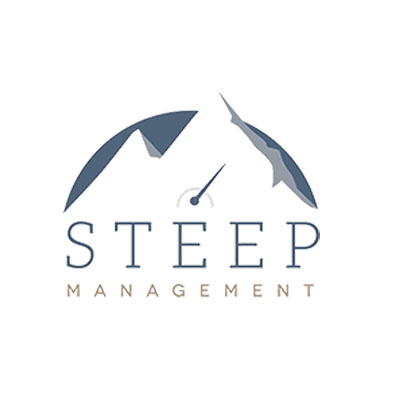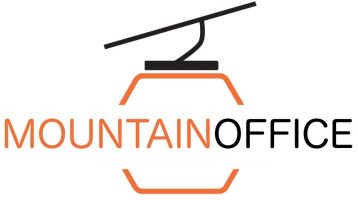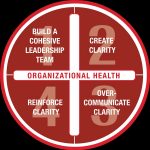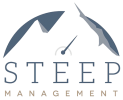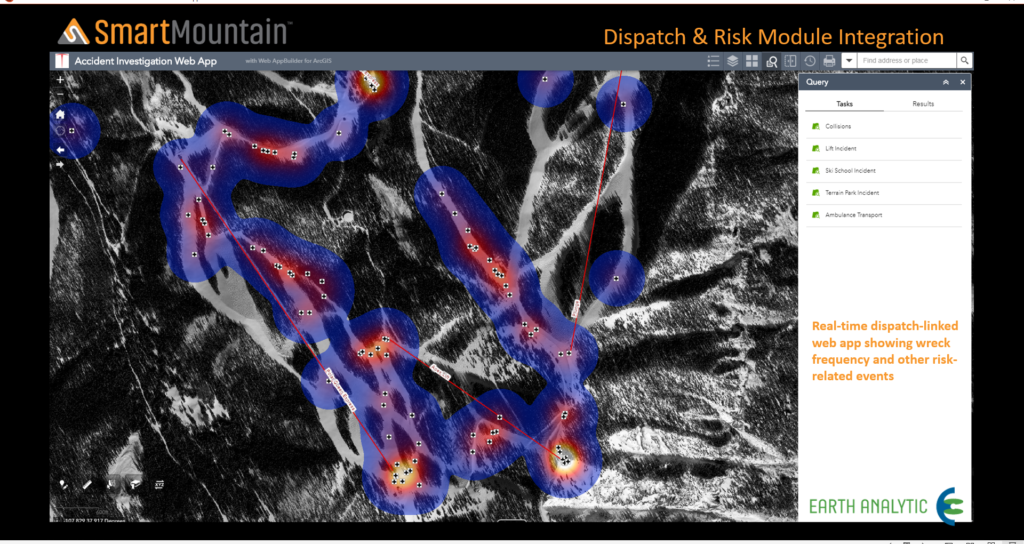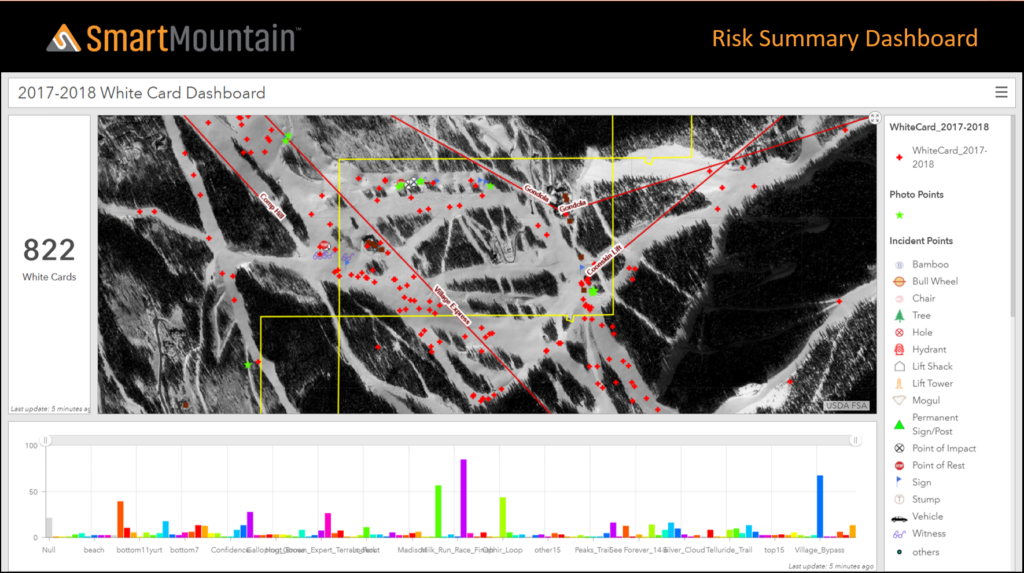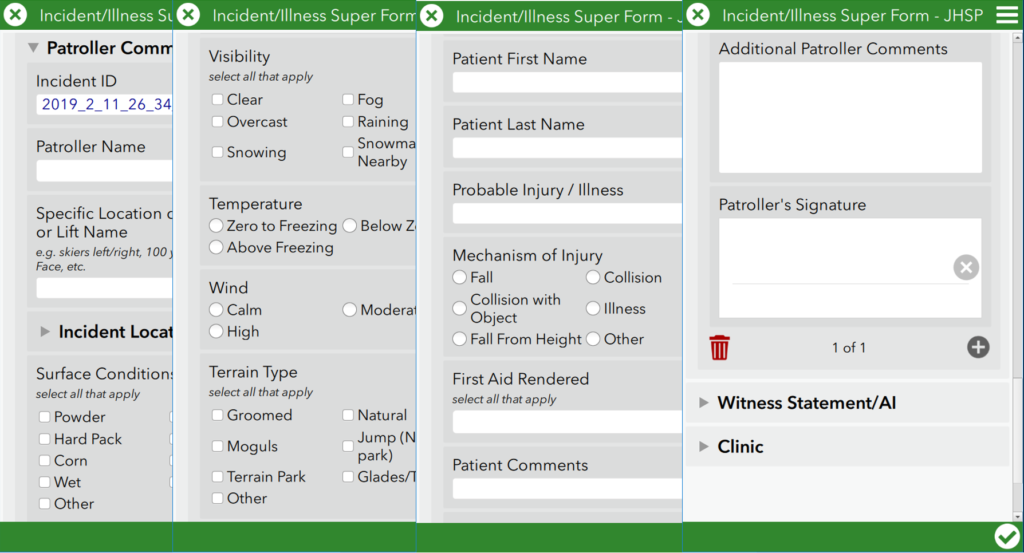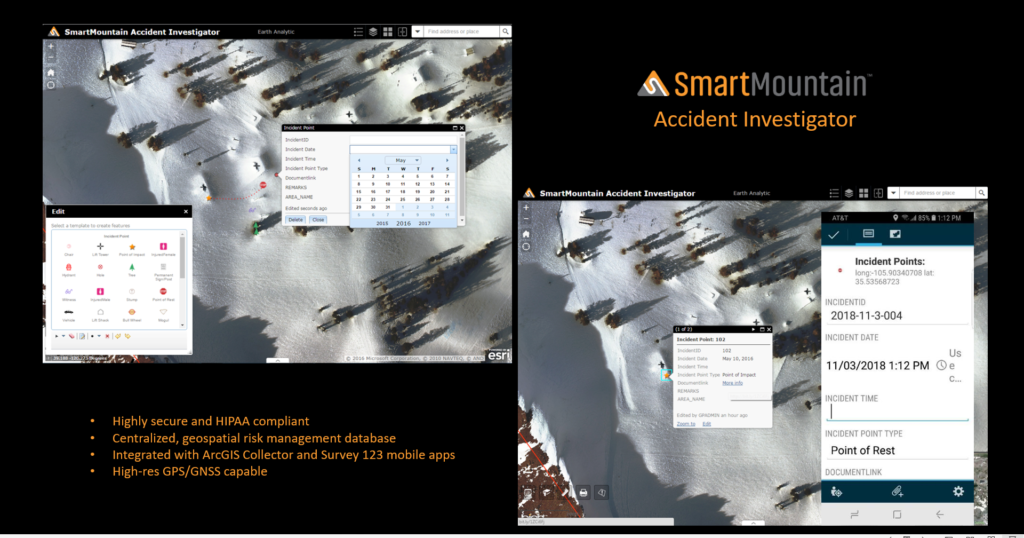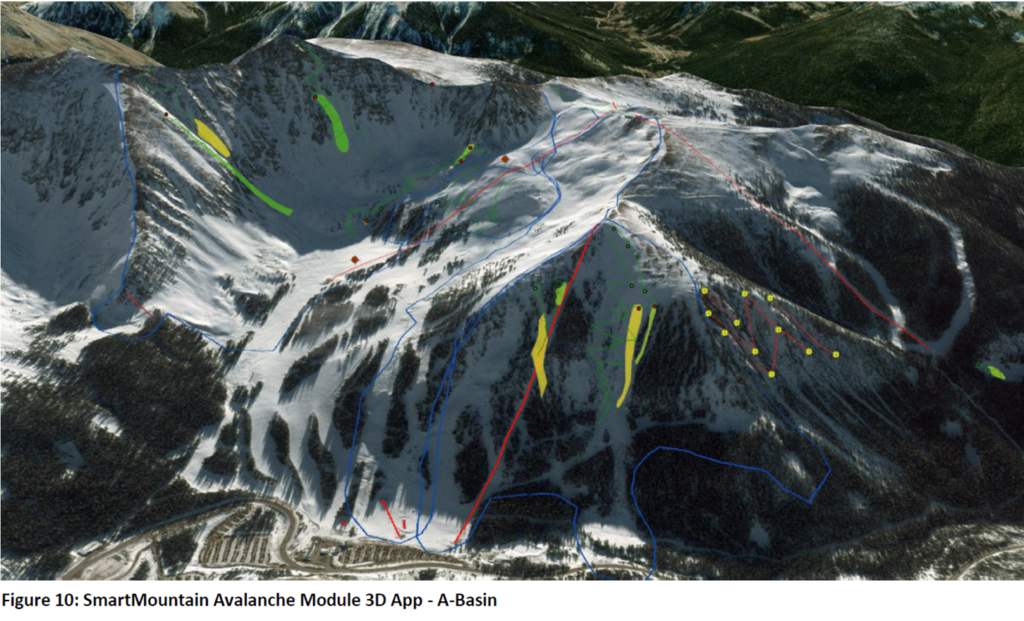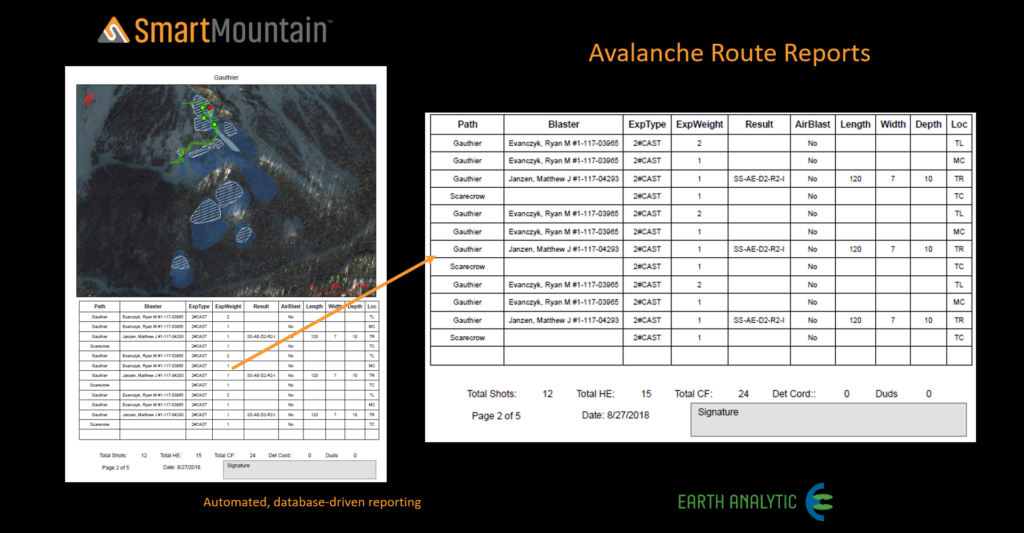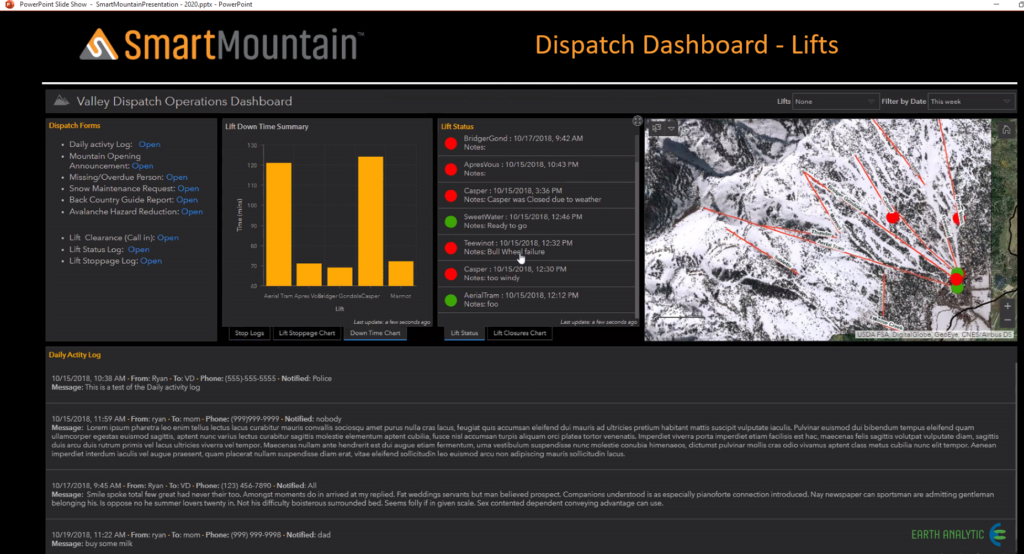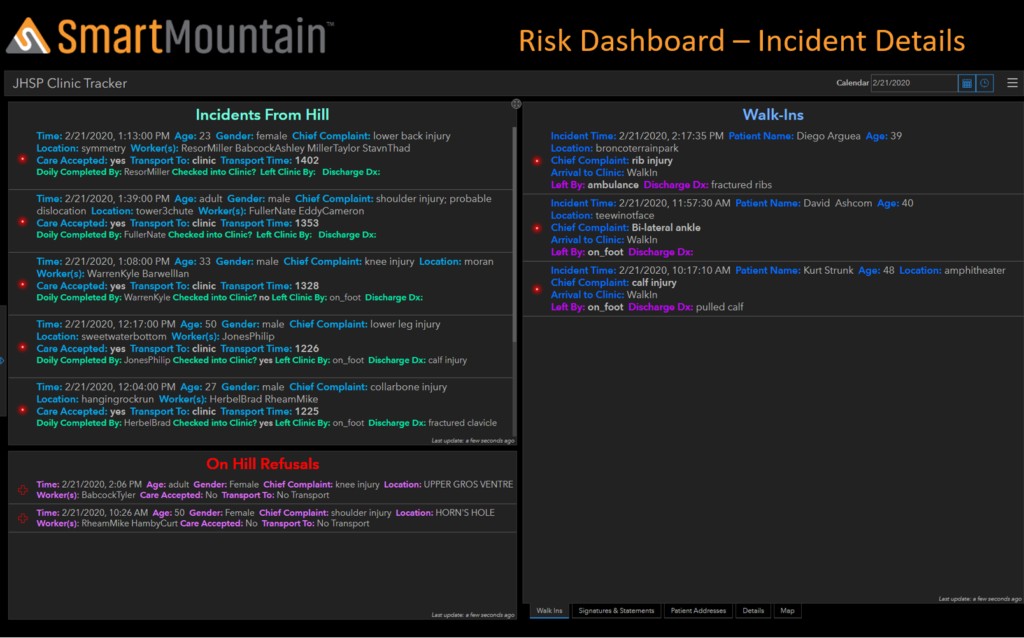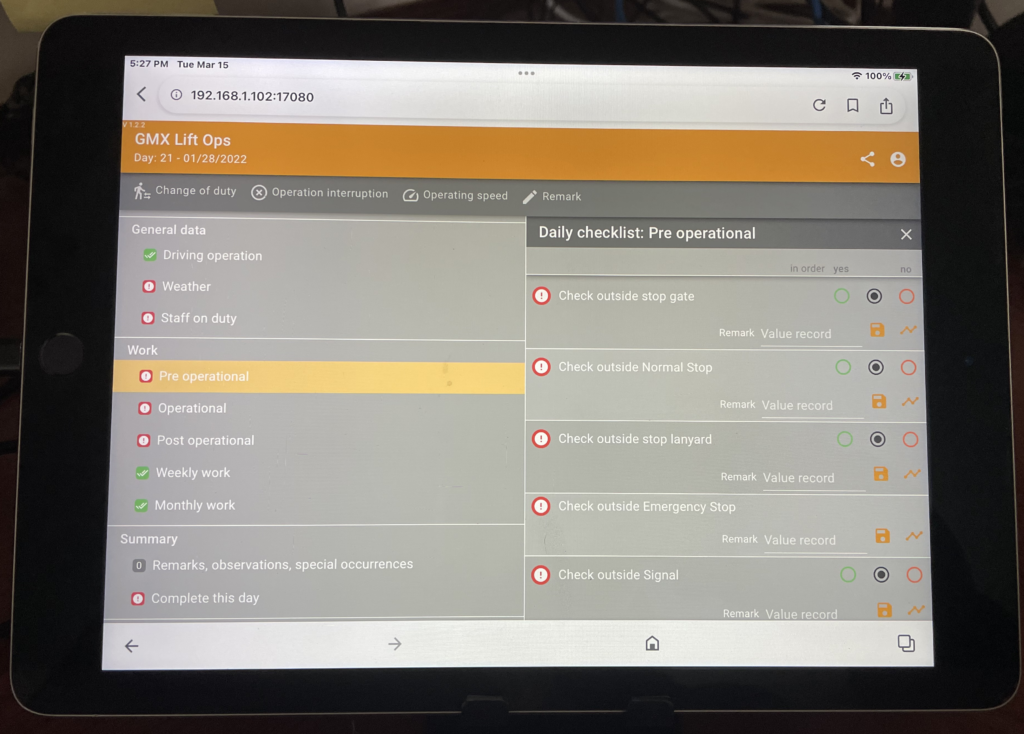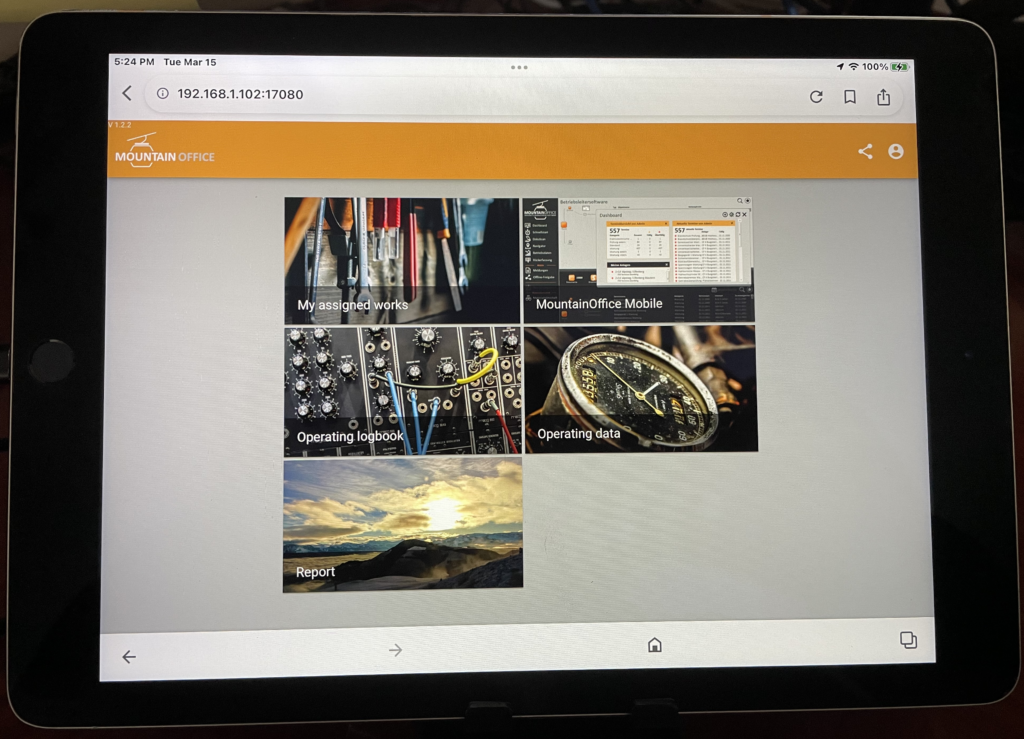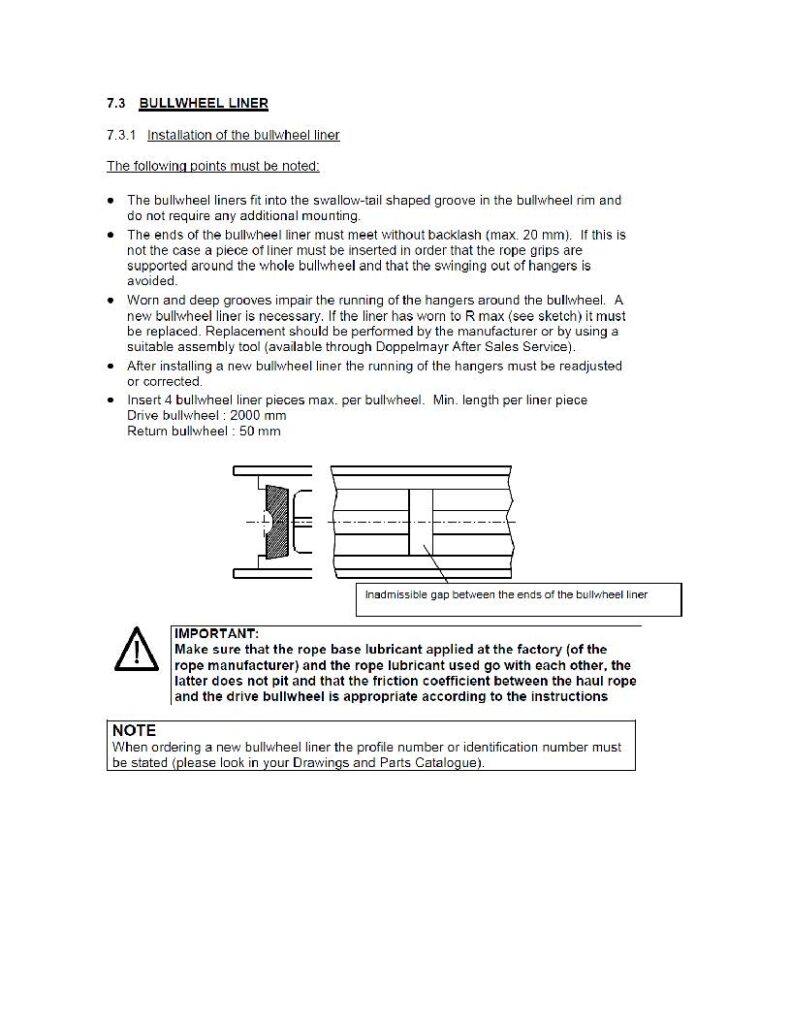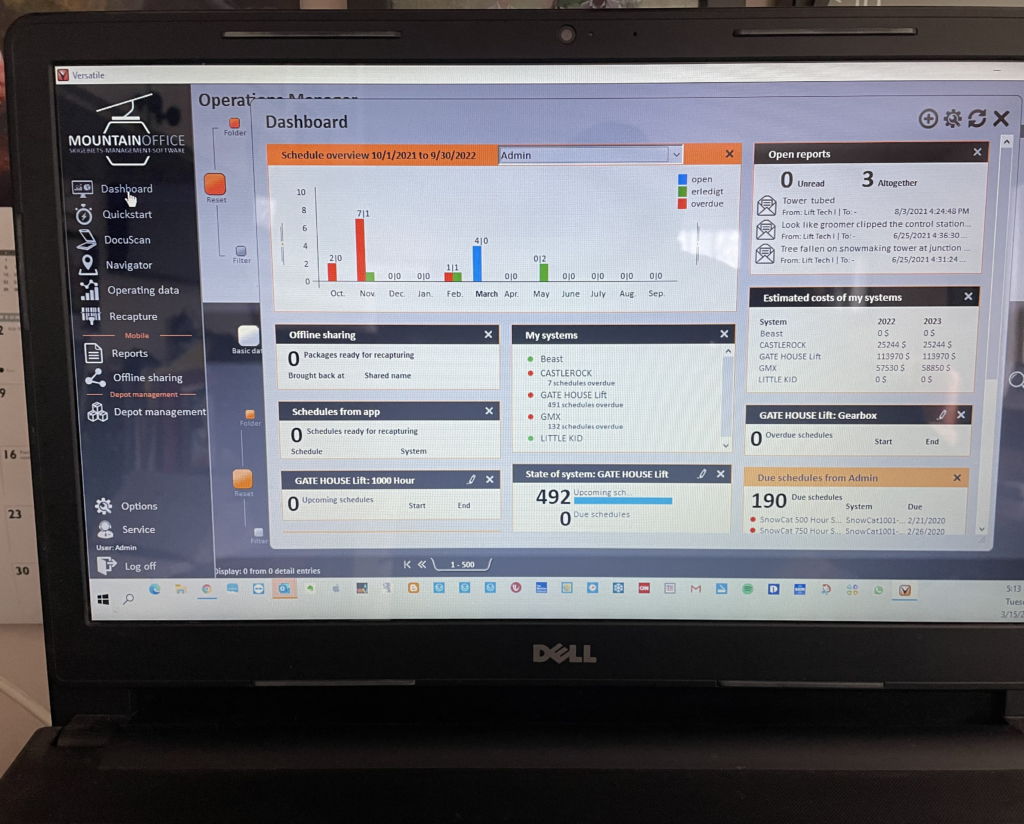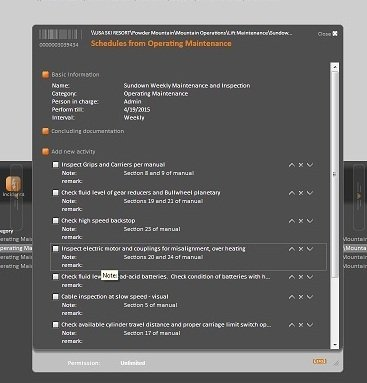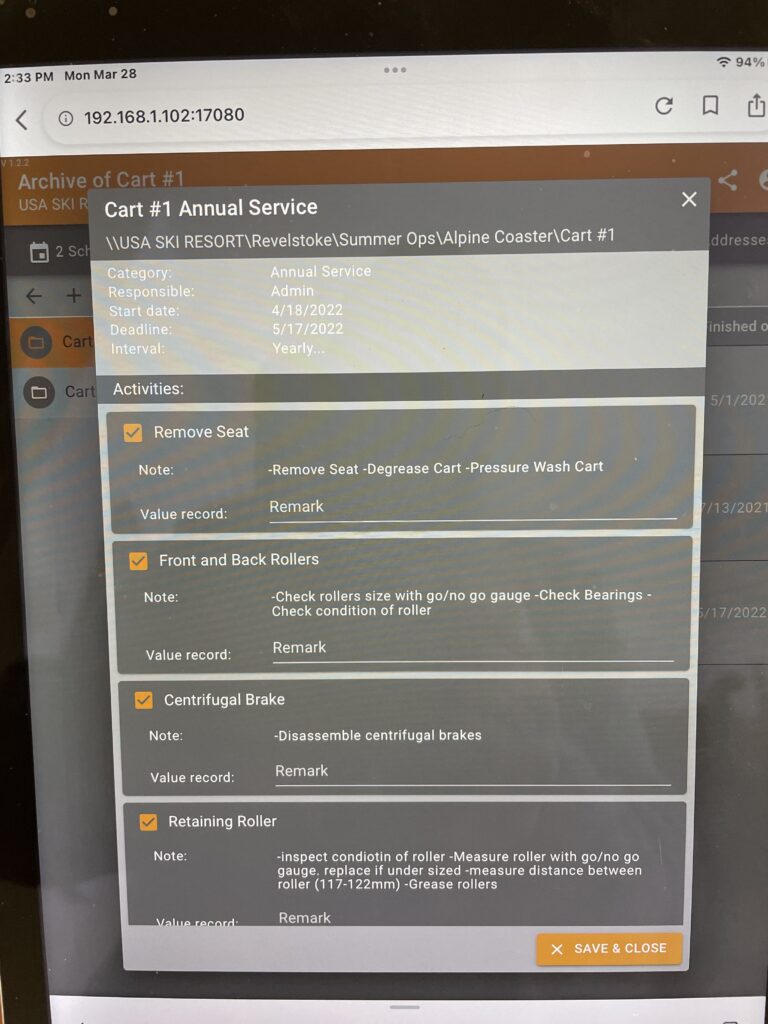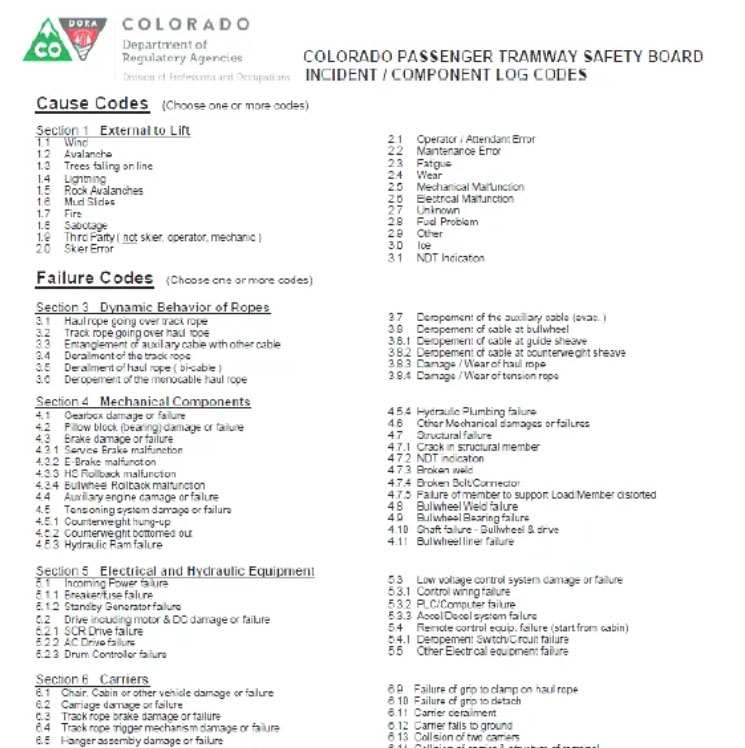
Computerized maintenance management systems, CMMS, are by nature complex, wide-spanning systems that cover a lot of different factors. One of the most important of these is failure and defect codes. What are these codes and what do they do?
Failure and defect codes are alphanumeric codes that provide detailed information on why an asset failed. This information is then stored in a system, such as a CMMS (computerized maintenance management software). Finally, when properly used, these codes are used in many different analyses in order to find out what causes issues and how these issues can be fixed.
Let’s look at these codes in detail and what they do for companies behind the scenes.
Failure and defect codes in detail
At the most basic level, failure and defect codes identify problems in a standardized way that is easily recognizable by the lift technicians viewing them. Depending on the program used to generate them, they may be signposts pointing the way to a more detailed description of what’s going on, or the information may be contained in a single encrypted line. The information must be translated by someone who understands the codes.
Functions of failure and defect codes
There are three major functions of failure and defect codes. These are:
- Improving maintenance efficiency
- Tracking and identifying issues over time
- And creating an in-depth work order
Here’s a detailed look at each one of these functions and what it does for you and your company.
Improving Maintenance Efficiency
Failure codes help ski areas become more efficient because they bring problematic trends to light. For example, the same lift operator error failure code repeats itself several times over the course of a few months. A manager may correct the lift operator or revise the instructions for the task to prevent that error from occurring again.
Tracking and Identifying Issues Over Time
The more quality information you collect, the stronger your CMMS becomes. Failure codes can be recorded over time, allowing management to generate analytical reports. (Ski areas without connection to the lift plc’s have to record these failure codes manually. This is not currently standard SOP.) These reports can serve as the foundation for an ongoing continuous improvement program. For instance, action items can be tied to the highest priority failure code items and re-measured for improvement over time. Can your CMMS record the failure codes by lift by date?
Creating In-Depth Work Orders
Most CMMS solutions will allow management to sort by time, date, or lift. This ability gives you a great deal of flexibility to examine where and when failure codes are occurring. When properly set up and organized, this data can flow directly into creating detailed work orders that address both the core and consequences of the failure code.
Examples of common failure and defect codes
Most PLC at a lift will generate preprogrammed failure and defect codes. As an example, here are 10 generic sample failure and defect codes: Maintenance codes
- User mistakes
- Calibration problems
- Switch/sensor problems
- Lift component defects
- PLC issues
- Overheating codes
- Leak alerts
- Failure to start
- and Equipment jams.
This next section deals with each of these failure codes in detail and explains their purpose and function in general terms.
Maintenance codes
Maintenance failure codes are triggered by any poor maintenance practice. This may include poorly performed maintenance procedures, over-lubrication of components, or failure to attend to details. Continual maintenance codes generally point to neglect as the root cause.
User mistakes
User failure codes occur when an lift operator, lift technician, or other person has done something to damage the lift. This can include vandalism, untrained personnel, or unintentional service mistakes.
Calibration problems
If a component or lift falls out of a given range, it may indicate a calibration issue. These include a whole range of issues, such as alignment, improper weights, tools left on machinery, and more. Examples include cases where a component may be improperly aligned or may need to be calibrated to reduce vibration.
Lift defects
If your equipment has problems with its bearings, motors, gearboxes or other components, a lift defect failure code will be triggered. If it involves a lift component, the lift may shut down until the problem is resolved. These codes allow a lift technician to understand and address the defect quickly and efficiently.
Contamination alerts
Keeping equipment and lifts clean can be a challenge, especially since they operate in harsh or unusual environments. If dirt, debris, or other contamination begins interfering with the lift’s performance, this failure code will be triggered, and the lift may shut down.
Computer issues
If a particular component of a lift requires a microprocessor to operate, this failure code may be helpful. Perhaps the component is operating fine, but the computer controls are hung up. This failure code can alert the lift maintenance team that support is required in order to move forward.
Overheating codes
Certain failure codes, such as overheating or smoking triggers, can result in near emergencies. When a lift maintenance manager has real-time access to this data, significant damage can be prevented in a timely way.
Leak alerts
General leak failure codes can be incorporated into a CMMS. Examples include input leaks that are specific to liquid or air, liquid leaks that may be hydraulic fluid, coolant, or lubricant. On most lifts, leakage can result in equipment malfunction.
Failure to start code
If an lift simply fails to start, the maintenance problem may reside with the power, starter components, or ignition switches. These failure codes can better direct lift technicians to appropriate lift components to resolve the issue.
Equipment jams
When a lift jams, which is exceedingly rare, there may be a foreign object blocking its operation. This failure code helps lift technicians inspect the areas where a lift is most likely to jam and clear them before lift proceeds to run and cause damage.
How to use failure codes
Now that we understand what failure codes and effect codes do and their functions within a computerized maintenance management software system, we can dive deeply into how best to use the information contained within them. There are five steps in this process.
- Identify failure modes
- Review the failure codes.
- Identify corrective action.
- Construct the work orders with appropriate task to make the correction.
- And test and scale as needed.
Assess failure modes
In order to assess the failure modes, companies generally use one or more of four different methods. These are as follows:
- Failure modes and effects analysis, which is a system that uses risk priority numbers to prioritize situations, events, and things based on the impact that they have on the lift operating safely.
- The 5 whys method, which is composed of asking “why?”. This method uses the simple question to get to the root cause of whatever the issue is. Cases where the 5 whys method are most helpful typically involve repeating issues that need to be solved as soon as possible.
- Root cause analysis, which is a systematic process of identifying the origin of an incident. As its name indicates, root cause analysis is most helpful in situations where you want to know exactly what is causing the incident and where it started.
- Fault tree analysis, which depends on fault tree diagrams to discover the main cause of an event in a systematic and orderly fashion.
All of these methods have a best time and place for their use. This will depend on the component of the lift in question, the causes of the event, and other factors dependent on the situation in question. Sometimes, ski areas use a combined approach of two or more methods to determine what failure modes could be likely.
Track failure codes
Once you know the most common failures that you may be incurring, it’s time to track and draw attention to these failures. These codes should then be tracked within your CMMS system.
Most experts will tell you that it’s best to not over complicate your failure code tracking. It is best to have 30 or less failure codes. This is the sweet spot between a good variety of codes while not overwhelming your lift technicians with codes to remember. As they are the ones that will be seeing and working with these codes, it’s important to cut down on confusion.
Some things to keep in mind as you are tracking your codes include:
- Keep them organized
- Keep them logical
- Keep them consistent
- And keep them simple
Remember: your lift technicians need to be able to understand your failure codes quickly and easily.
Include the failure code components on work orders
Not every work order will have a failure code on it, but failure code components can be included in many different work orders. For example, technicians can view failure codes that are similar to the situation that they are handling on a different lift. This keeps repairs consistent and coherent across multiple lifts.
If properly tracked, failure modes can contain valuable information about how to shorten different jobs or tasks in question, thus reducing labor costs. They can also provide a holistic overview of the lifts in a data-based and proven form.
Your library of failure codes is a quick reference guide for all technicians and employees. They can refer to that database in order to figure out what’s been done in the past, which issues have been faced, and which situations have been rectified. All this information can flow into the next step of the process, that is, the optimization of your work orders.
Optimize work orders with this data
Once you have enough data, you can start optimizing your typical work orders with it. Some initial benefits of this process include more accurate system repairs, simplified tasks, and work for your lift technicians, and easily analyzed data. Optimization will cause your weekly and monthly work orders to evolve as you implement new techniques to your service work.
Test and scale as needed
Finally, as with all business practices, it’s time to test and scale your failure codes. Are they working as well as you expected? What are some of the unexpected hiccups and bumps that have come up? What do your lift technicians struggle most with? Are you utilizing the failure codes a best as possible within your system?
These are all questions that have to be answered in the testing and scaling phase.
What factors play into accurate failure and defect codes?
Computers can only report on the data that they are given or that they have collected. If there are flaws in this data, the computers are not necessarily going to catch them. It’s up to the human lift technician in charge of the lift in question to decipher what’s going on. How can these situations be avoided in your failure and defect codes?
The answer can be found in failure code best practices. Here’s a brief overview of general best practices, with some specific suggestions for different types of software.
Failure code best practices
As with many things, the first best practice is to set up your failure code system using detail and diligence, preferably with a seasoned professional in charge of the project. The same points under creating these codes also apply here: keep them organized, logical, consistent, and simple.
If a disproportionate amount of codes are coming back mislabeled or misunderstood, it’s time to talk to your lift maintenance about why this is happening. The sooner this analysis can take place, the better. Talk to the people themselves–don’t rely on surveys or other impersonal methods. Invest the time to figure out what exactly is going on and how to solve it.
Other best practices will depend on your unique failure codes and system. While it is time-consuming to put these guidelines into practice, the investment does pay off itself in the future. And it’s not in the far future!
Closing the loop between the failure code and the fix
The next factor that plays into accurate failure code data is the loops between the failure codes and the fixes. These depend on accurate failure code data, but they can also feed into this data in question.
It’s important to emphasize that many times the loops will close on their own, particularly and a well-functioning system. However, the loops cannot close when inaccurate data has been given to the system.
The answer to this problem is to make sure that your system is getting the best data it possibly can. Systems such as the Internet of Things, intelligent sensors, and other technology that hooks into your computerized maintenance management software can be of assistance in this part of the process. I know this sounds a bit Orwellian for ski areas, but it is coming to your lifts sometime in the future. It is here now if you want to pay for it.
In short, if your system is set up well, your loops will close. If your system is not set up adequately, you might need to dive deeper in order to close these loops.
Integrating your failure codes within your CMMS system
Simply generating failure codes is not enough. If companies cannot address failure codes in a timely manner, they will continue to operate damaged equipment.
As a result, you want a CMMS that can put those failure codes to work, preferably without advanced expert or technical support. This is the first step of closing the loop. Some different ways that a CMMS may do this include:
- Automatically creating work orders to deal with failure codes
- Organizing your failure codes in a coherent and cohesive fashion
- Provide an easy access point to the history of your failure codes
- Record how many times they have been used
- Record which failure codes are useful and which are not
- And more!
Beyond this, it’s hard to say what your system can do. It highly depends on the system that you are using.
What are the best ways to move forward?
Finally, it’s all very well to study up on failure codes and everything about them. But how does this help the ski area move forward? How does this make staffs lives easier? How does it save your lifts? The answer to all these questions can be found in the data that failure codes point towards.
In conclusion, the best way to use the data that failure codes and effect codes give you is by analyzing the root problems that these codes point towards. Analyzing the findings enables ski areas to make changes that not only fix problems, but also implement preventive measures to prevent issues from arising in the future.
These changes are not limited to the shop floor, lifts, machinery, other equipment, or your lift technicians. They can flow into every aspect of your ski area. And it all starts with a small alphanumeric code that points towards the root causes of minor and major inconveniences, issues, problems, and other stresses that affect daily life at your ski area.
And that’s how failure codes can move you and your ski area forward into the future.
